Imagine calling someone on a landline from your smartphone. One side uses old-school phone tech. The other uses modern internet voice. If they couldn’t talk to each other, you’d hear silence-or worse, robotic garble. That’s where transcoding comes in. It’s the silent hero behind every cross-network VoIP call that actually works.
Why Transcoding Isn’t Optional in VoIP
VoIP systems don’t all speak the same language. Some use G.711, a high-quality but bandwidth-heavy codec. Others use G.729, which saves bandwidth but sounds less natural. Then there’s OPUS, the modern favorite that adapts on the fly. If your phone and the person you’re calling use different codecs, the call won’t connect unless something translates between them. That’s transcoding: decoding one codec into raw audio, then re-encoding it into another. It’s not just a convenience-it’s a necessity. Without it, 98.7% of enterprise VoIP networks would break when trying to connect with legacy systems, mobile carriers, or even other business platforms. Think of it like translating a book from French to Spanish. You don’t just change the font-you rewrite the sentences so they make sense in the new language. Transcoding does the same with voice data, but in real time, during a live call.How Transcoding Actually Works
It’s a three-step process, happening in milliseconds:- Decode: The original audio stream (say, G.729) is converted back into uncompressed PCM audio. This removes all compression artifacts.
- Process (optional): The system might adjust sample rates, bit depth, or silence suppression settings to match the target codec’s needs.
- Encode: The raw audio is compressed again-this time into the target format, like G.711 or OPUS.
Codec Differences That Drive Transcoding
Not all codecs are created equal. Here’s what matters:- G.711: 64 Kbps, narrowband (300-3,400 Hz), near-CD quality. Used in PSTN and older VoIP systems. High quality, high bandwidth.
- G.729: 8 Kbps, narrowband. Great for saving bandwidth. But it’s lossy-some audio detail is thrown away. Needs transcoding to work with G.711.
- OPUS: Adaptive, 6-510 Kbps, wideband to fullband (up to 20,000 Hz). Used in WebRTC, Zoom, Teams. Can switch quality based on network conditions.
- Speex: Older open-source codec. Still found in some legacy systems. Rarely used today.
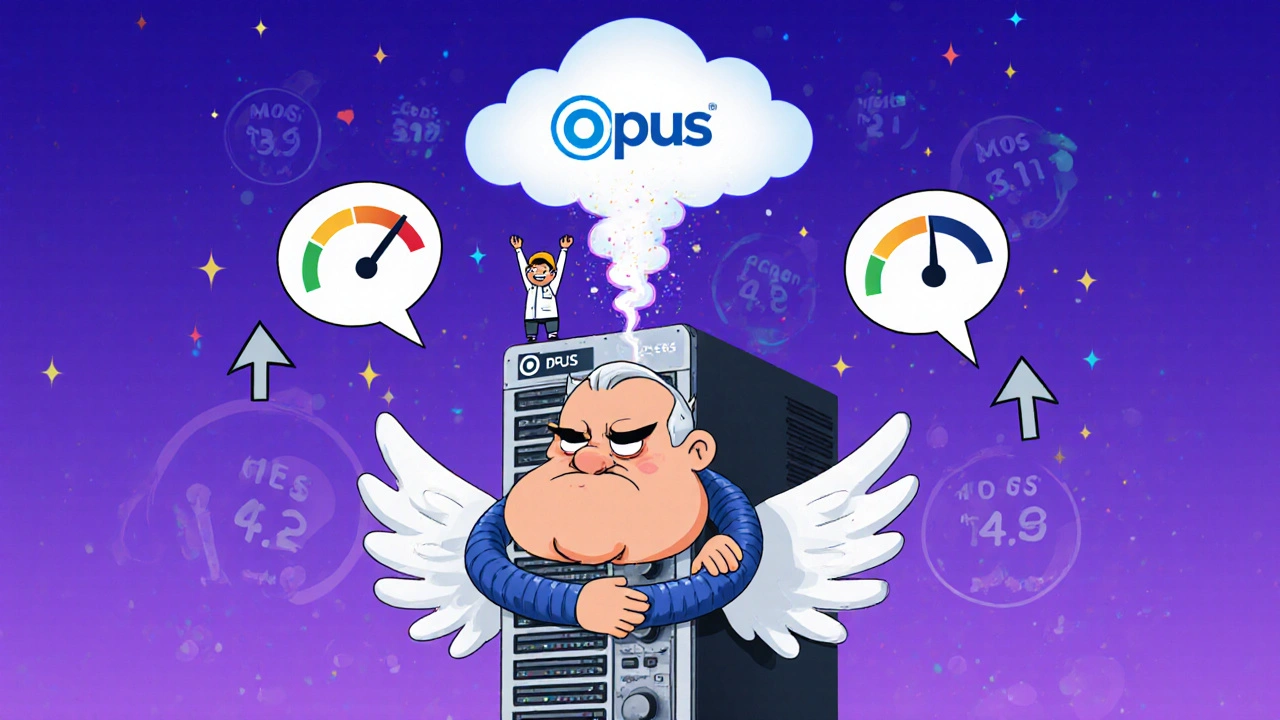
The Hidden Costs of Transcoding
Transcoding isn’t free. Every conversion adds latency-typically 10 to 50 milliseconds. That might not sound like much, but in real-time voice, it adds up. Two transcoding hops? That’s 100ms of delay. People notice. They start talking over each other. Calls feel unnatural. It also eats CPU power. A single transcoding session on a low-end server can use 10-15% of a CPU core. Multiply that by hundreds of calls, and your server starts to strain. That’s why enterprise systems use dedicated transcoding hardware or cloud-based pools with 20-30% extra capacity to handle spikes. And then there’s quality loss. Every time you decode and re-encode a lossy codec like G.729, you lose a little more detail. A 2022 IEEE study showed that after one transcoding operation between narrowband and wideband codecs, Mean Opinion Score (MOS)-a standard audio quality rating-dropped from 4.2 to 3.7 on a 5-point scale. That’s the difference between “clear” and “a bit muffled.” Some users report complaints. In one European telecom, 12.7% of voice quality complaints in 2023 were traced back to transcoding artifacts-especially on international calls with multiple hops. Network engineers on Reddit say they see a consistent 0.5 MOS drop after transcoding, and customers occasionally notice it.When Transcoding Fails (And What to Do)
Transcoding breaks in three common ways:- Codec negotiation fails: Two devices can’t agree on a common codec, and transcoding isn’t configured. Result? No audio. Happens in 22% of deployments.
- Packet loss increases: Transcoding adds complexity. If the network is already shaky, transcoding can push it over the edge. Seen in 15% of cases.
- Synchronization issues: Audio and signaling (like DTMF tones for keypad presses) get out of sync. DTMF might not work after transcoding. That’s a 9% problem.
- Intelligent codec selection: Configure your SBC to pick the most efficient path. Avoid multiple transcoding hops. If both sides support OPUS, force that instead of bouncing through G.711 and G.729.
- Monitoring tools: Track MOS scores across each transcoding point. Tools like Telchemy or Plixer can show you exactly where quality drops.
- Redundancy: Have backup transcoding servers. If one fails, traffic should failover without dropping calls.
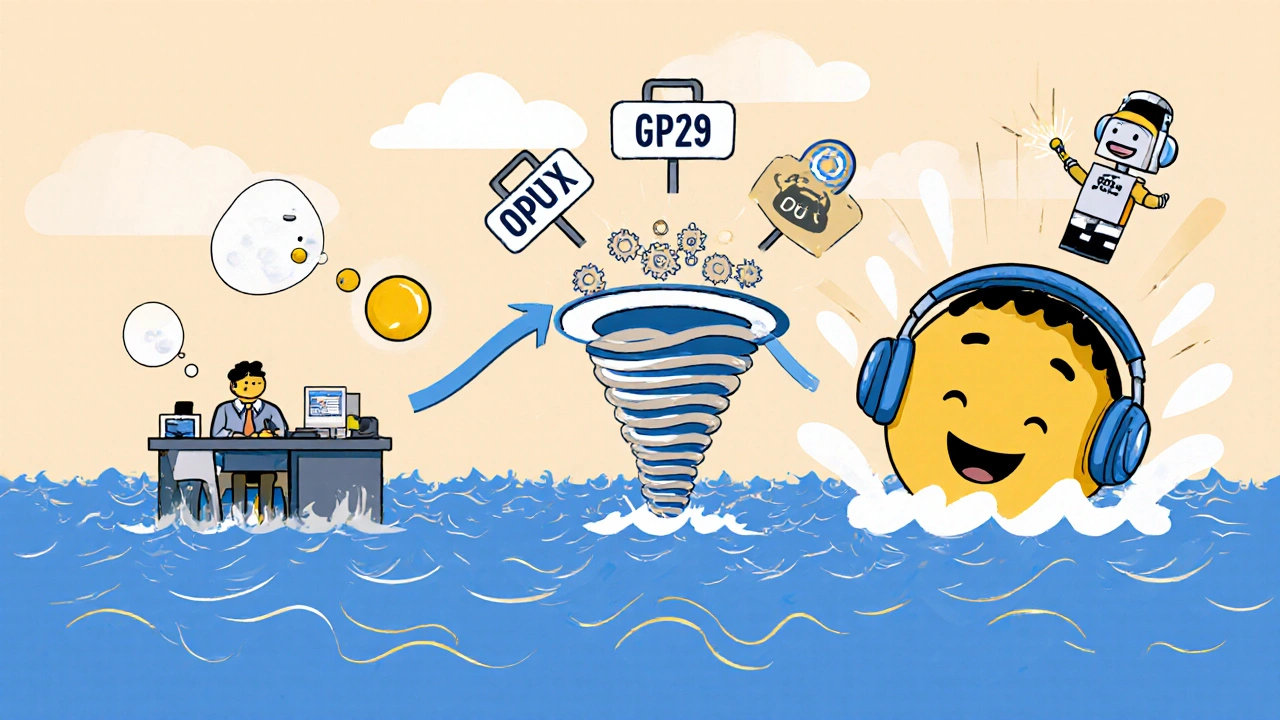
What’s Changing in Transcoding
The good news? Transcoding is getting smarter. In 2023, Ribbon Communications launched an AI-powered transcoding optimizer. It watches network conditions in real time and adjusts compression settings to minimize quality loss. Early results show a 37% reduction in audio degradation. The IETF also released RFC 9393 in March 2023, a new standard that lets transcoding systems preserve metadata like echo cancellation settings and DTMF tones across codec changes. That’s huge-it means your keypad presses won’t vanish mid-call anymore. Cloud providers are jumping in too. AWS launched its MediaConvert VoIP service in August 2023, supporting 18 codec combinations with automatic scaling. No more buying and maintaining hardware. And in the future? Neural codecs like Google’s Lyra promise near-lossless transcoding with half the bandwidth. These use machine learning to reconstruct audio from compressed data, almost like filling in missing puzzle pieces. Early tests show promise. But here’s the reality: even with all this progress, transcoding isn’t going away anytime soon. Legacy systems, mobile networks, and international carriers still rely on G.711 and G.729. ABI Research says transcoding will be essential through at least 2030.Who Needs Transcoding-and Who Doesn’t
If you’re a small business using all modern tools (Teams, Zoom, RingCentral), you might not need much transcoding. Most of those platforms use OPUS end-to-end. But if you:- Connect to PSTN lines
- Use legacy PBX systems
- Integrate with third-party call centers
- Support international calls
- Use WebRTC with older endpoints
Final Thought: Transcoding Is the Invisible Glue
You don’t notice transcoding when it works. You only notice when it fails. That’s why it’s so critical. It’s the unsung hero of VoIP-quietly translating languages, patching gaps, keeping calls alive. But it’s not magic. It’s engineering. And like any engineering solution, it needs care, monitoring, and smart design. Don’t just enable it. Optimize it. Monitor it. Plan for it. Because in a world where voice moves across networks, protocols, and decades of technology, transcoding isn’t just useful-it’s the only thing holding it all together.What is VoIP transcoding?
VoIP transcoding is the process of converting voice data from one audio codec (like G.729) to another (like G.711 or OPUS) so that devices using different formats can communicate. It happens in real time inside devices like SBCs or cloud transcoders, decoding the original stream and re-encoding it into the target format.
Why is transcoding needed in VoIP?
Different devices and networks use different codecs. A smartphone might use OPUS, while a legacy PBX uses G.711. Without transcoding, they can’t understand each other’s audio signals, leading to dropped calls or no sound. Transcoding bridges that gap, enabling compatibility across incompatible systems.
Does transcoding affect call quality?
Yes. Every time audio is decoded and re-encoded, especially with lossy codecs like G.729, some quality is lost. Studies show MOS scores drop by 0.5 points on average after one transcoding hop. It also adds 10-50ms of latency per conversion. Multiple hops compound these issues, leading to muffled audio or delayed responses.
What are the most common VoIP codecs that require transcoding?
G.711 and G.729 are the most common pair. G.711 is used in PSTN and older systems; G.729 is common in IP networks for bandwidth savings. OPUS is now widely used in modern platforms like Teams and Zoom, but still needs transcoding to connect to legacy systems. Speex is outdated but still found in some niche deployments.
Where does transcoding happen in a VoIP system?
Transcoding typically occurs in Session Border Controllers (SBCs), VoIP gateways, or cloud-based transcoding services. Enterprise systems often use dedicated SBCs from vendors like Ribbon, AudioCodes, or Cisco. Cloud providers like AWS now offer scalable transcoding as a service, reducing the need for on-prem hardware.
Can transcoding be avoided?
Yes, but only if all endpoints use the same codec. Modern systems like WebRTC and Zoom use OPUS end-to-end, so transcoding isn’t needed. But if you’re connecting to PSTN, mobile networks, or legacy PBXs, transcoding is unavoidable. The trend is toward fewer codecs (OPUS is becoming the standard), so transcoding demand will slowly decline-but not disappear for at least another decade.
What’s the difference between transcoding and transrating?
Transcoding changes the actual codec-like converting from G.729 to OPUS. Transrating only changes the bitrate within the same codec, like lowering G.711 from 64 Kbps to 32 Kbps. Transrating preserves the encoding algorithm but reduces quality. Transcoding changes the entire format, which is more complex and impacts quality more.
How much does transcoding cost to implement?
Implementation costs range from $15,000 for small setups to $75,000+ for enterprise-grade SBCs with redundancy and monitoring. Cloud-based transcoding reduces upfront costs but adds recurring fees. Training network engineers on SBC configuration typically takes 2-3 weeks. Certified SBC engineers earn $110,000-$145,000 annually in North America.
Is transcoding a security risk?
Yes. Transcoding components are a known attack surface. In 2022, 23% of SBC security incidents involved transcoding modules, often due to unpatched firmware or misconfigured permissions. Attackers can exploit these to inject audio, disrupt calls, or bypass authentication. Regular updates and network segmentation are critical to reduce risk.
What’s the future of VoIP transcoding?
Transcoding is evolving, not disappearing. AI-driven optimization is reducing quality loss. New standards like RFC 9393 preserve call metadata. Neural codecs like Google’s Lyra promise near-lossless conversion with lower bandwidth. But as long as legacy systems, mobile networks, and international carriers rely on older codecs, transcoding will remain essential. The goal isn’t to eliminate it-it’s to make it smarter, faster, and less damaging to call quality.



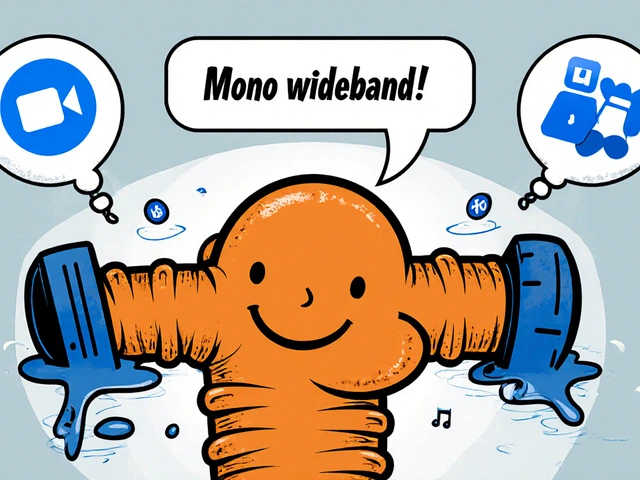


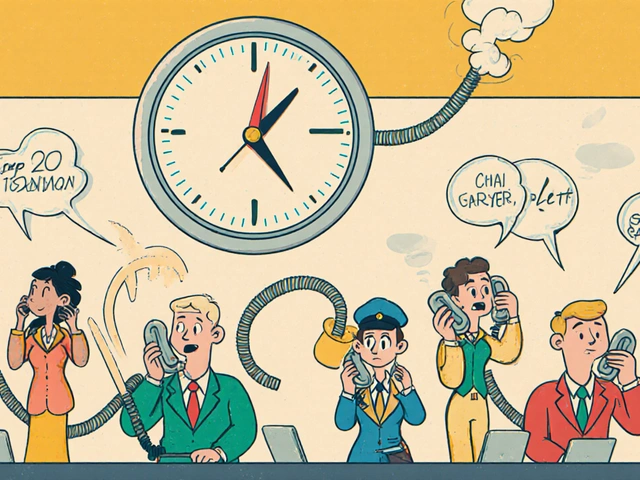
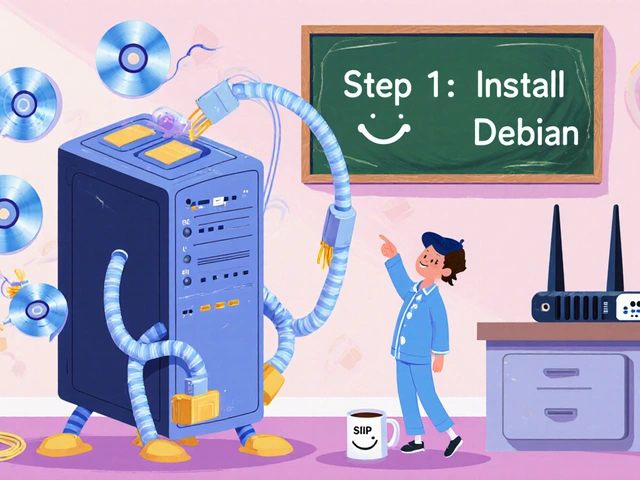


Write a comment